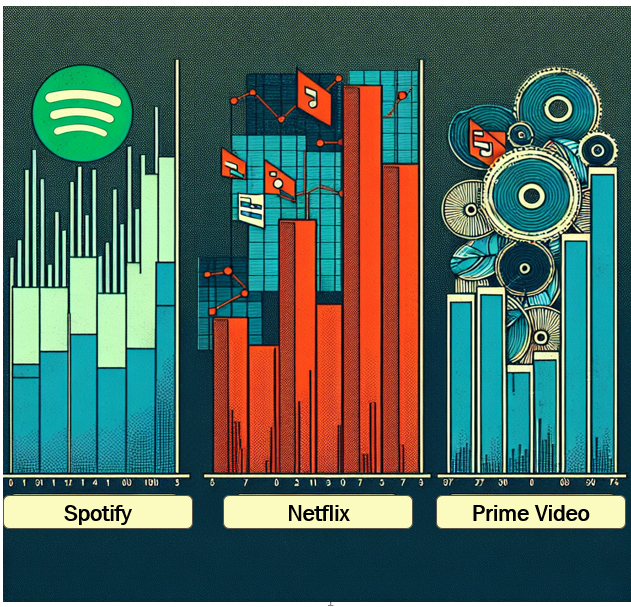What Caught My Eye Last Week In Technology (23rd June to 30th June)
1.Claude’s Artifact Update Turns Users into AI App Creators

- What happened?
Anthropic upgraded Claude’s Artifacts feature into a powerful no-code platform where users can build, browse, and customize fully functional AI-powered apps through natural language conversations—no coding or deployment expertise needed. - Why is it relevant to marketers?
This opens the door for marketers to prototype tools, storytelling experiences, and branded utilities rapidly—like custom learning modules, content generators, or consumer-facing games—fueled by Claude’s intelligence and instantly shareable via public links. - How does it bode for the future?
As no-code creation goes mainstream, Claude’s model signals a shift toward scalable, creator-led innovation. It empowers marketers and “citizen developers” alike to drive personalized engagement, internal tools, and campaigns—without relying on engineering teams.
2.ChatGPT Supercharges Productivity with New Cloud Integration Connectors

- What happened?
OpenAI has added connectors for Google Drive, Dropbox, SharePoint, and Box to ChatGPT Pro (as of June 25, 2025), allowing users to search, retrieve, and analyze files directly within the chat interface—building on its existing integrations with Outlook, Teams, Gmail, and more. - Why is it relevant to marketers?
These integrations enable seamless access to campaign assets, reports, and customer insights across platforms, allowing marketers to generate summaries, brainstorm content, and drive decisions without switching tools—boosting creative and operational efficiency. - How does it bode for the future?
This move signals a shift toward AI-powered workspaces where tools like ChatGPT act as central intelligence hubs. For marketers, it paves the way for integrated, data-rich storytelling and campaign planning—fueling the next phase of enterprise AI adoption.
3.Meta x Oakley Launch Smart Glasses Tailored for Athletes


- What happened?
Meta and Oakley unveiled the Oakley Meta HSTN smart glasses on June 20, 2025—a sport-focused wearable featuring a 3K camera, 8-hour battery life, AI integration, and Oakley’s signature PRIZM lenses. Built for athletes, these smart glasses enable hands-free recording, real-time AI assistance, and optimized vision during performance activities. - Why is it relevant to marketers?
This launch exemplifies how tech brands can fuse performance utility with lifestyle storytelling. Marketers can leverage such AI-powered wearables for immersive content creation, athlete-driven campaigns, and experiential activations that connect audiences with real-time, first-person perspectives. - How does it bode for the future?
The Oakley Meta HSTN signals a shift toward intelligent, niche-specific wearables that blend AI, personalization, and design. Expect more sport-and-utility-focused tech collabs that drive community engagement, enable hands-free storytelling, and redefine how brands show up in active lifestyles.
4.Runner H Ushers in the Next Phase of AI-Powered Workflow Automation

- What happened?
Paris-based H Company has launched Runner H, a powerful cloud-based AI agent that automates multi-step business tasks—like replying to emails and compiling marketing research in Google Sheets—using natural language prompts. It leverages proprietary vision-language models and is now available in public beta (June 2025). - Why is it relevant to marketers?
Runner H offers marketing teams a new kind of productivity assistant—automating everything from inbox management to idea generation and content research. It integrates directly with Slack, Google Workspace, and web platforms, streamlining day-to-day operations and freeing up bandwidth for higher-level creative strategy. - How does it bode for the future?
By shifting from AI conversation to AI execution, Runner H signals a future where marketers can orchestrate entire campaigns with a single prompt. Its open-source foundation, visual UI navigation, and cost-effective architecture position it as a transformative tool in the rise of “agentic AI” for creative and operational automation.
Featured Blogs
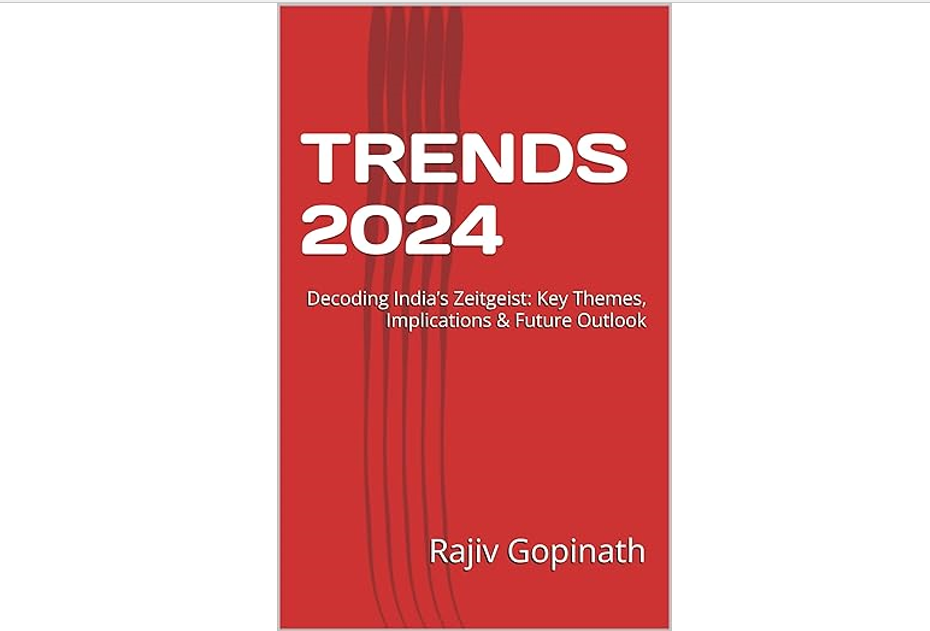
TRENDS 2024: Decoding India’s Zeitgeist: Key Themes, Implications & Future Outlook
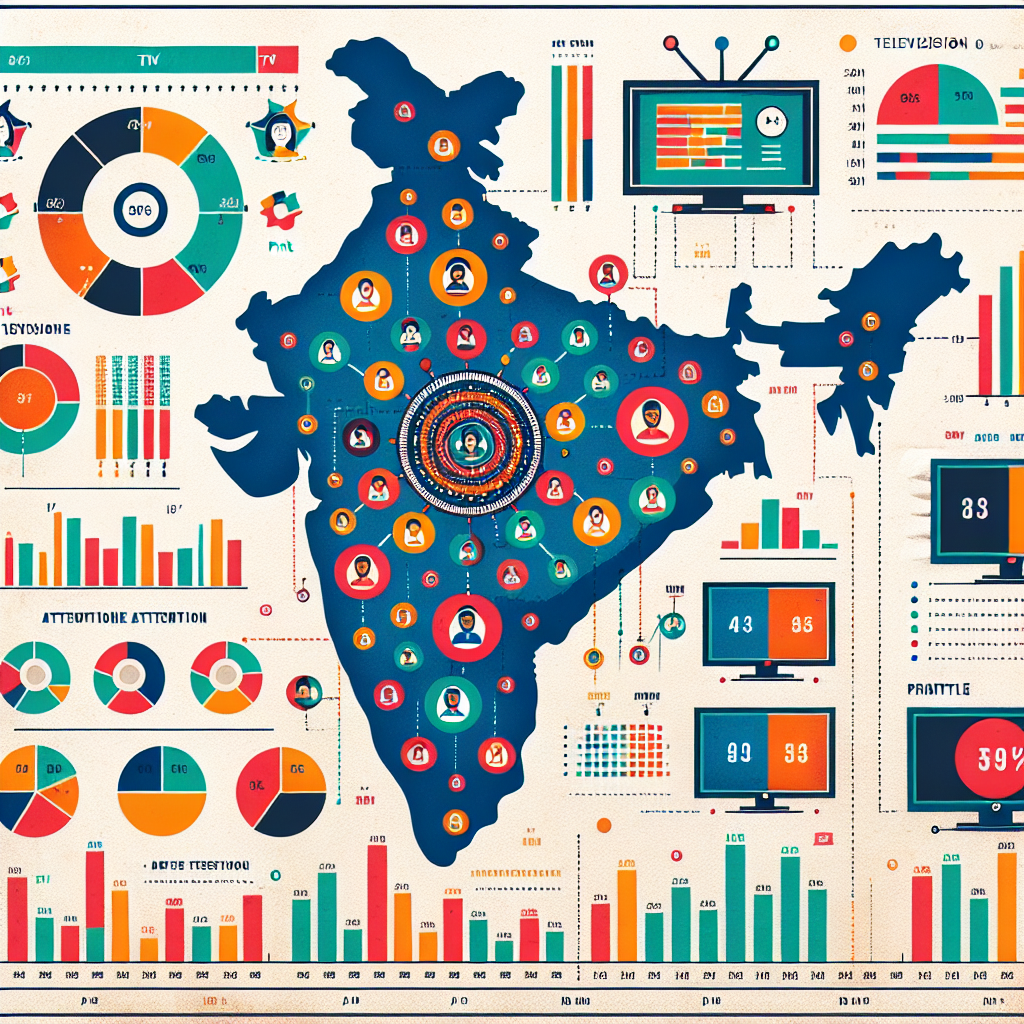
How to better quantify attention in TV and Print in India
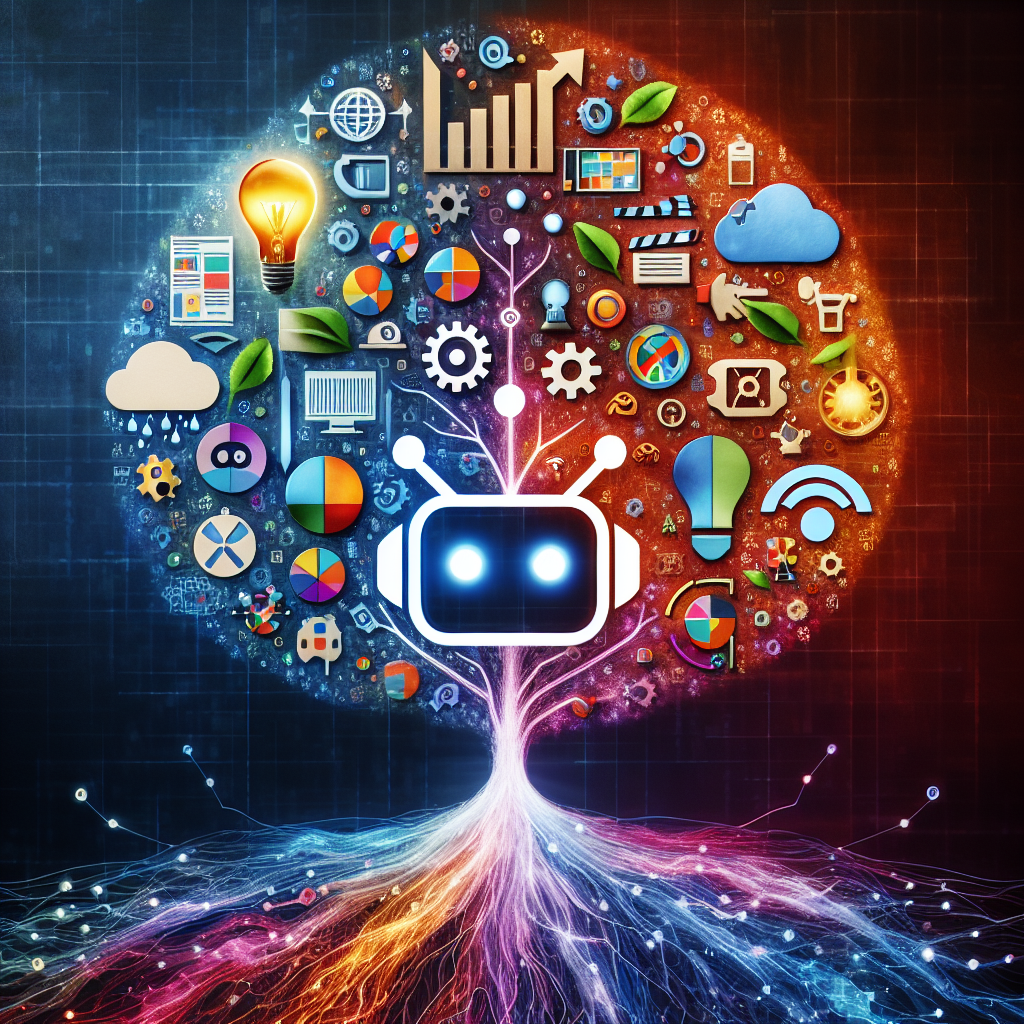
AI in media agencies: Transforming data into actionable insights for strategic growth
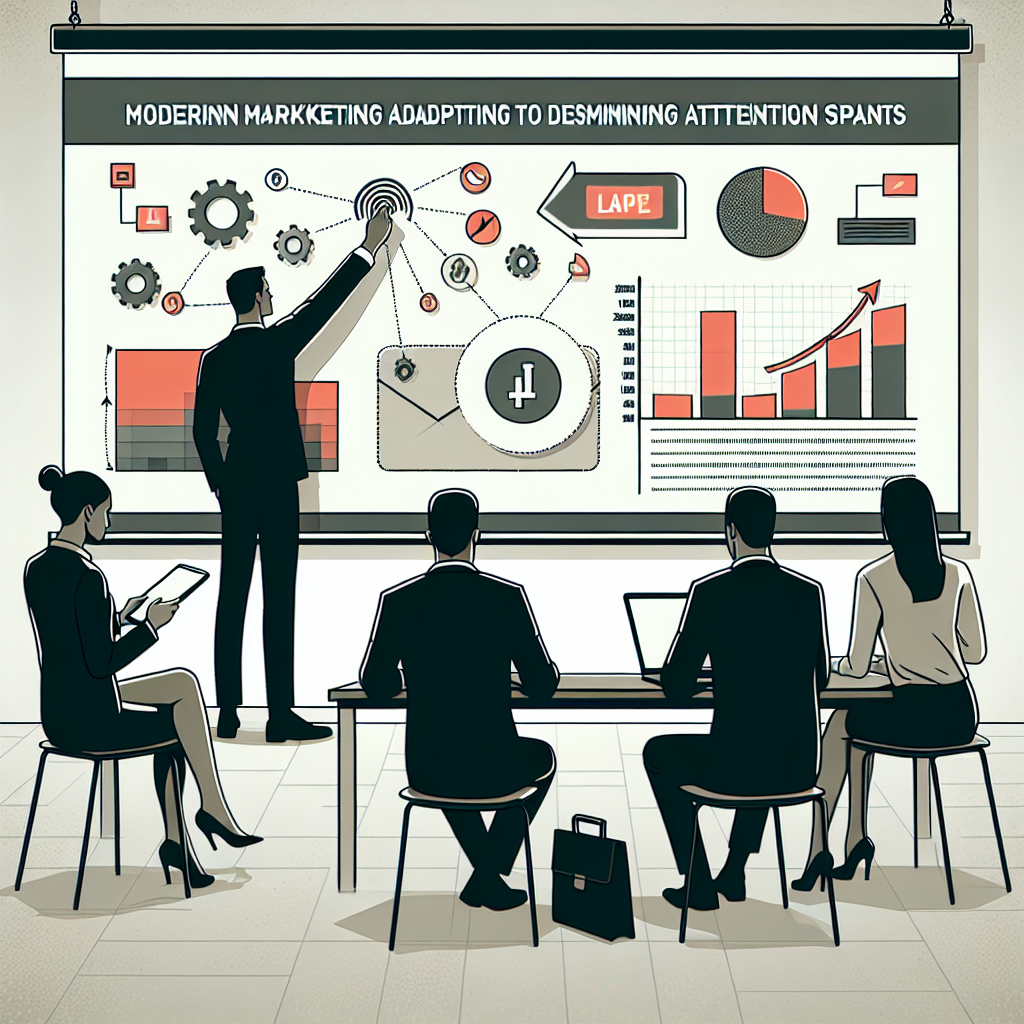
How the Attention Recession Is Changing Marketing
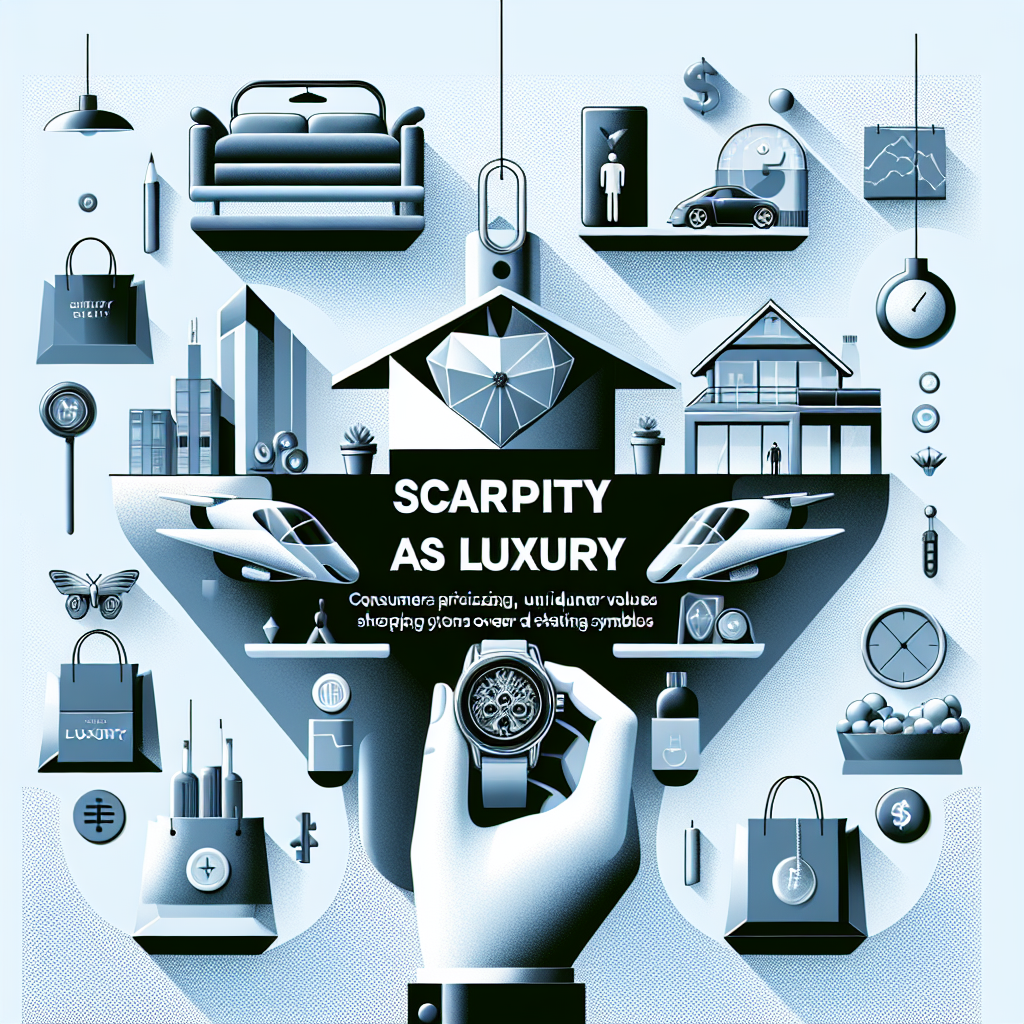
The New Luxury Why Consumers Now Value Scarcity Over Status

The Psychology Behind Buy Now Pay later
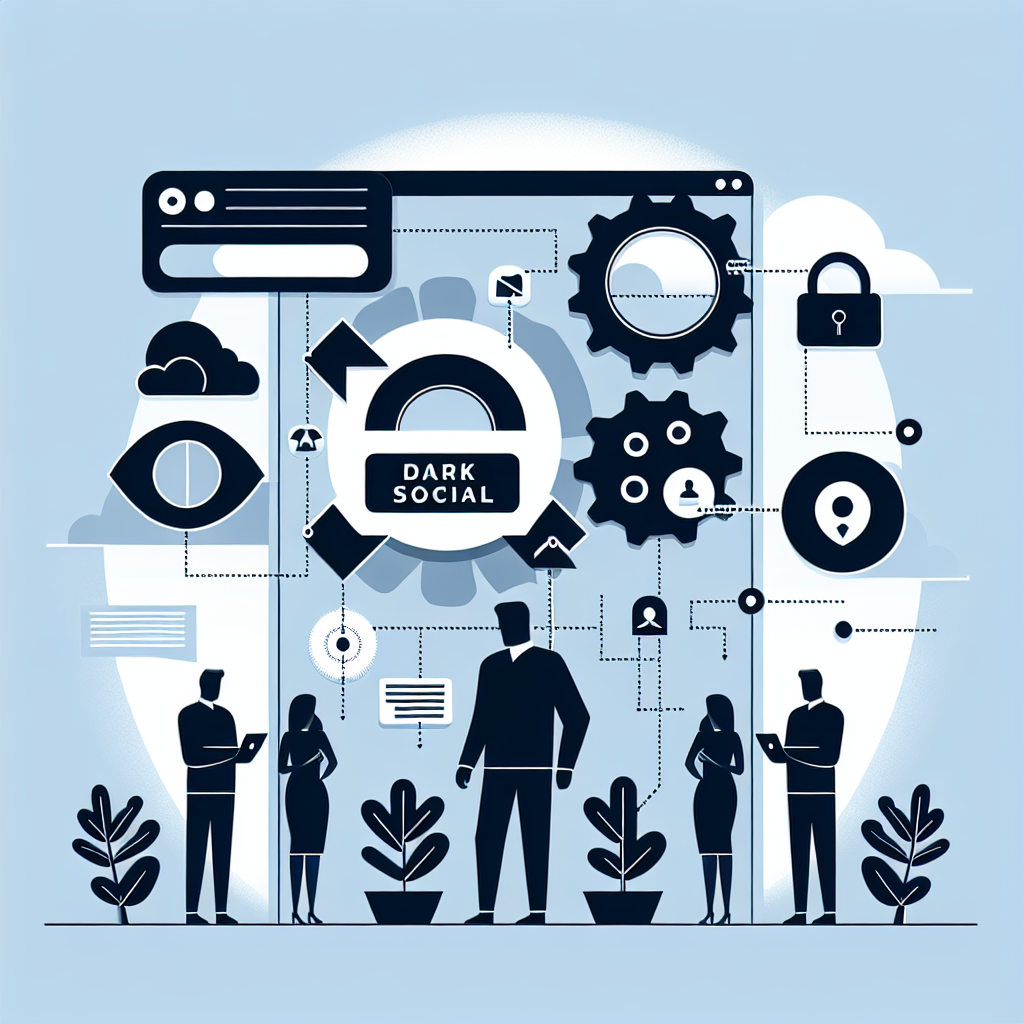
The Rise of Dark Social and Its Impact on Marketing Measurement
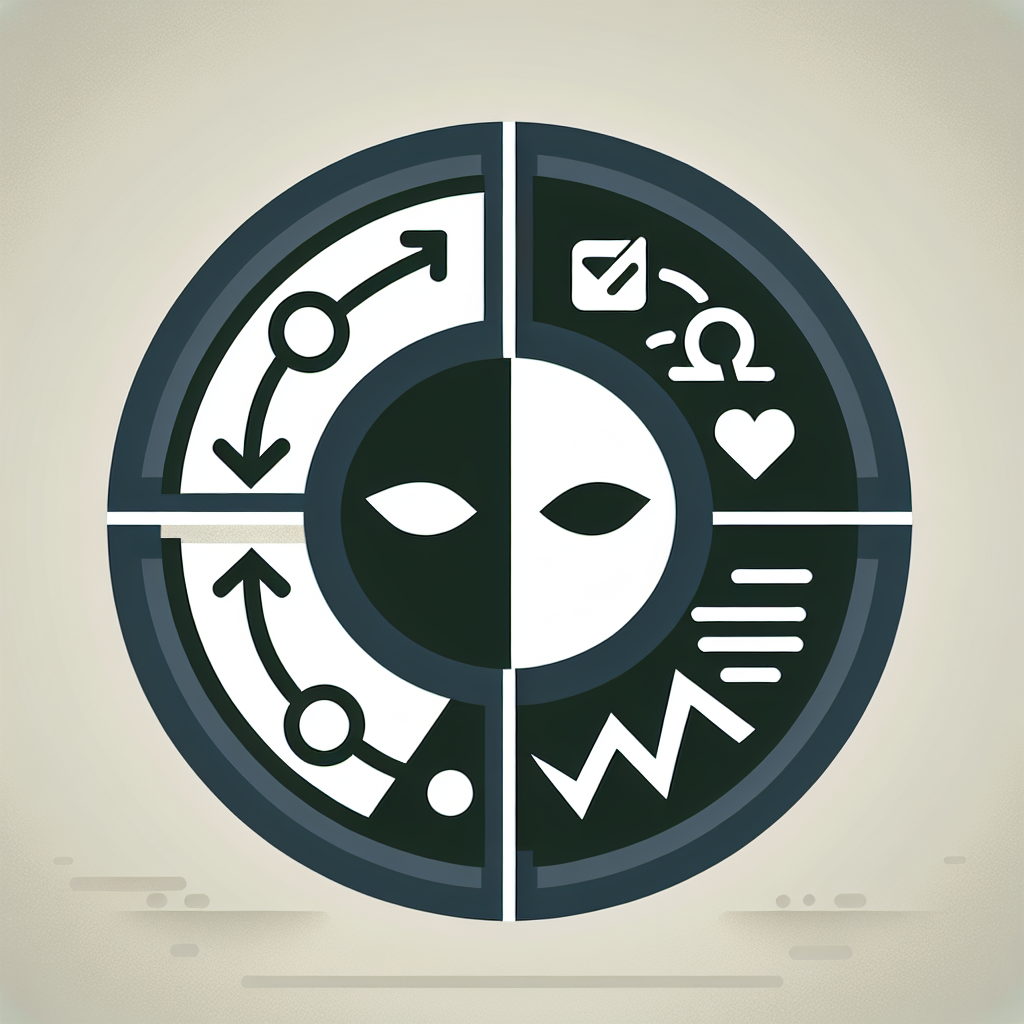
The Role of Dark Patterns in Digital Marketing and Ethical Concerns
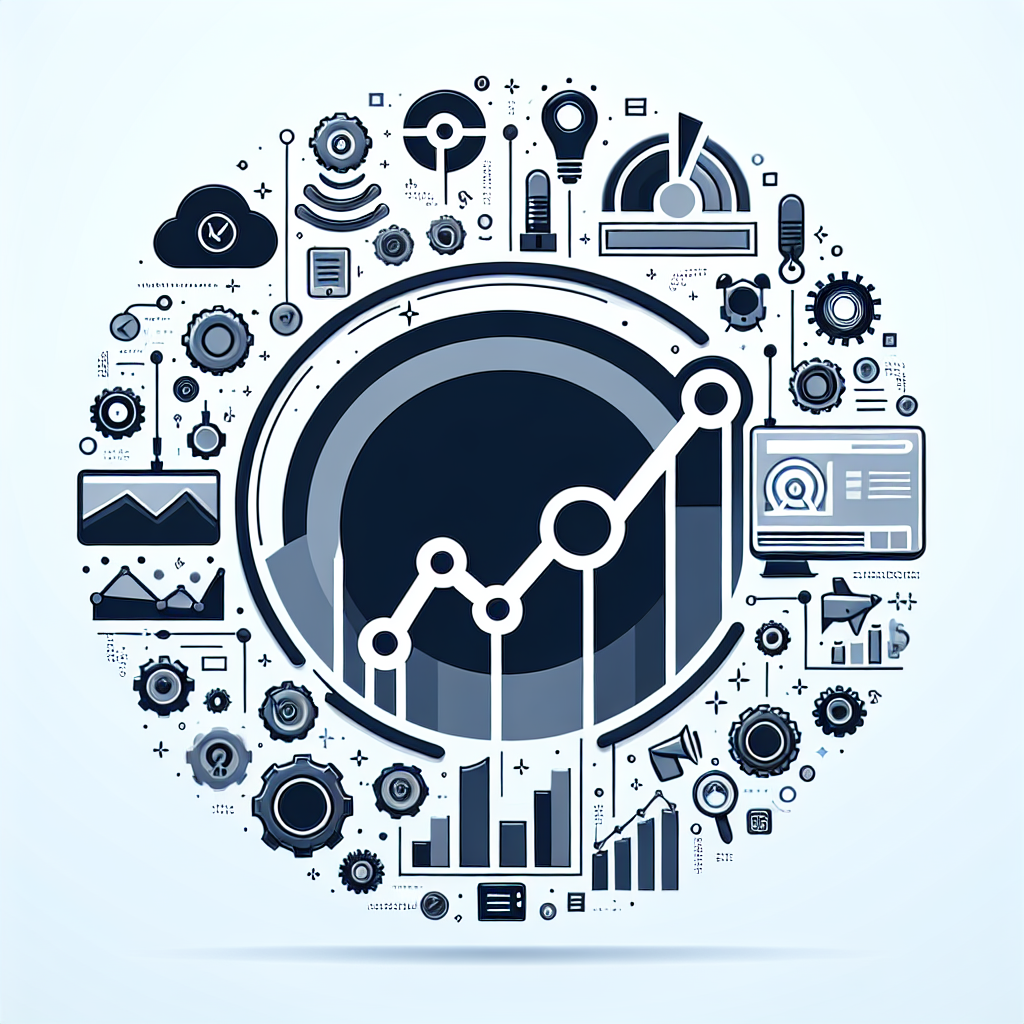
The Future of Retail Media Networks and What Marketers Should Know
Recent Blogs
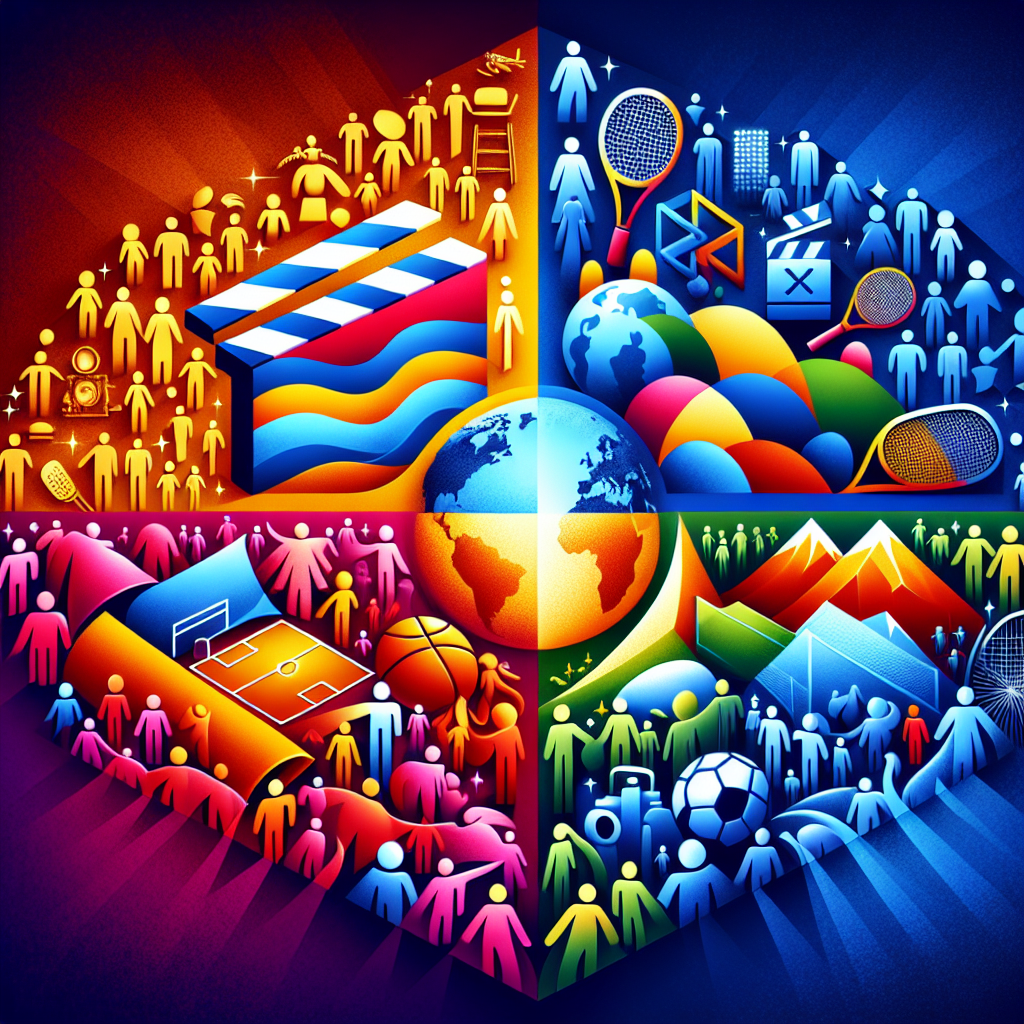
Trending Topics of The Week (2nd December – 8th December)
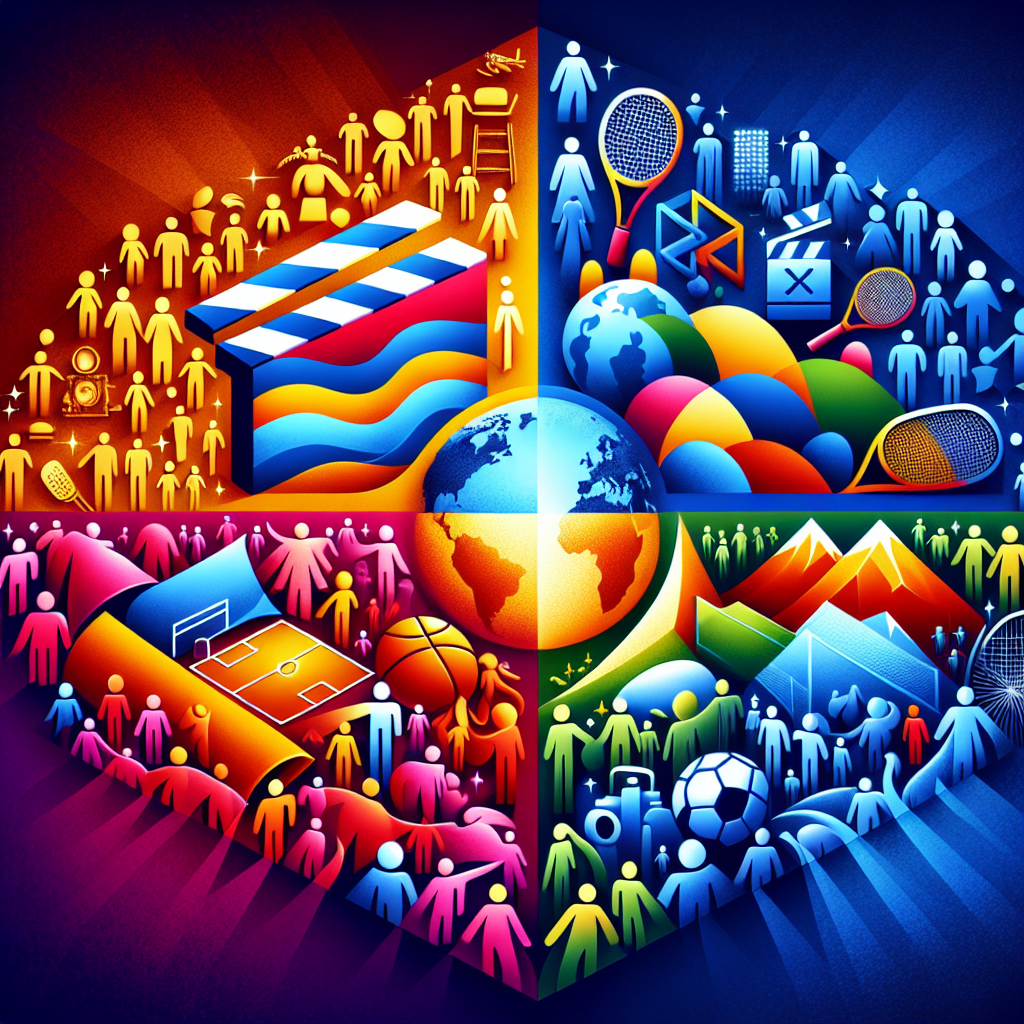
Trending Topics of The Week (25th November – 1st December)
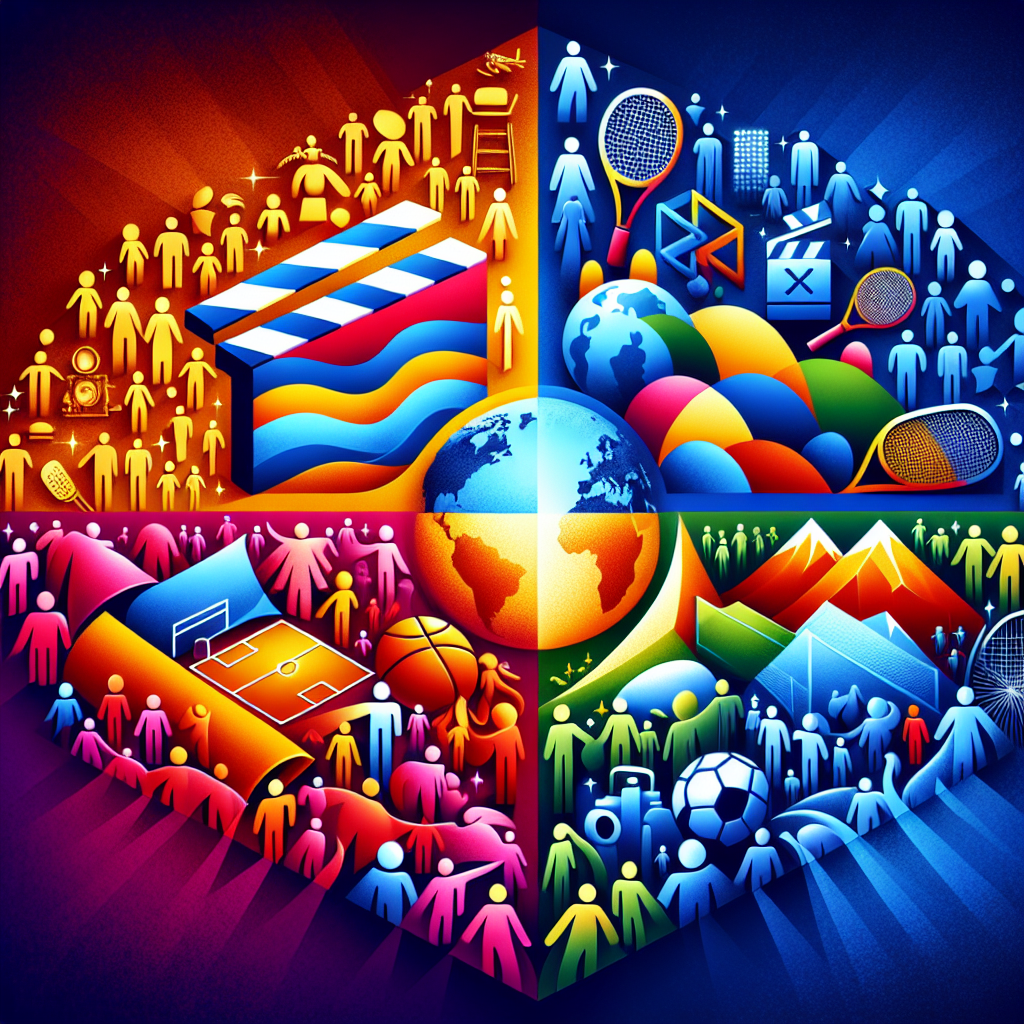
Trending Topics of The Week (18th November – 24th November)
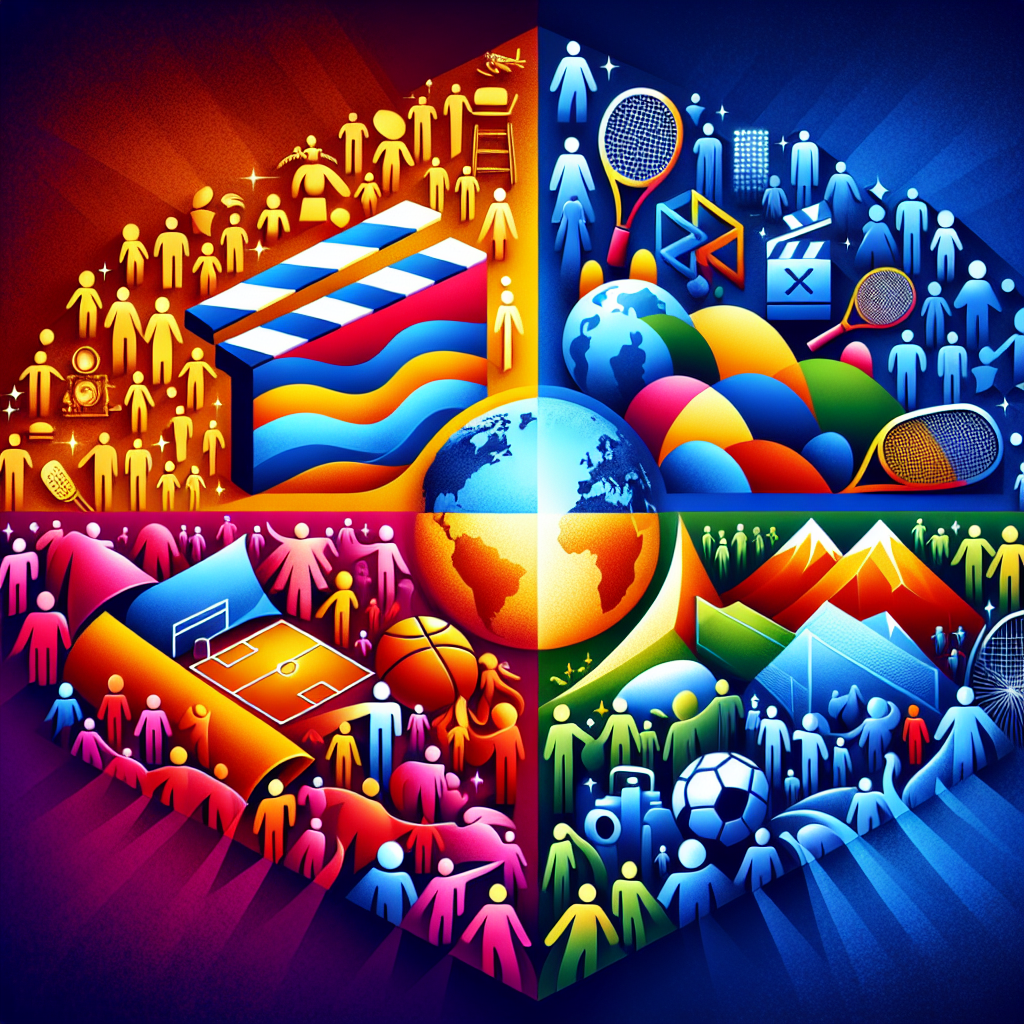
Trending Topics of The Week (11th November – 17th November)
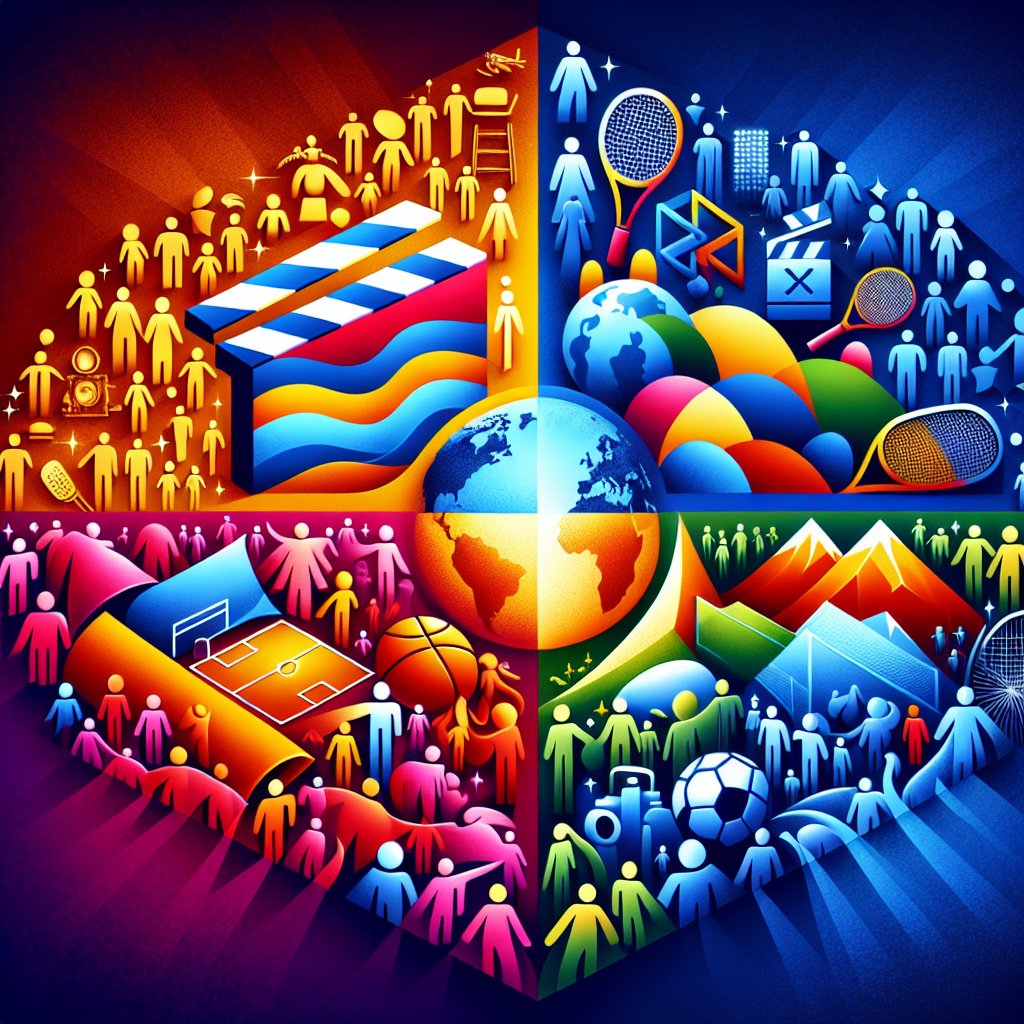
Trending Topics of The Week (4th November – 10th November)
